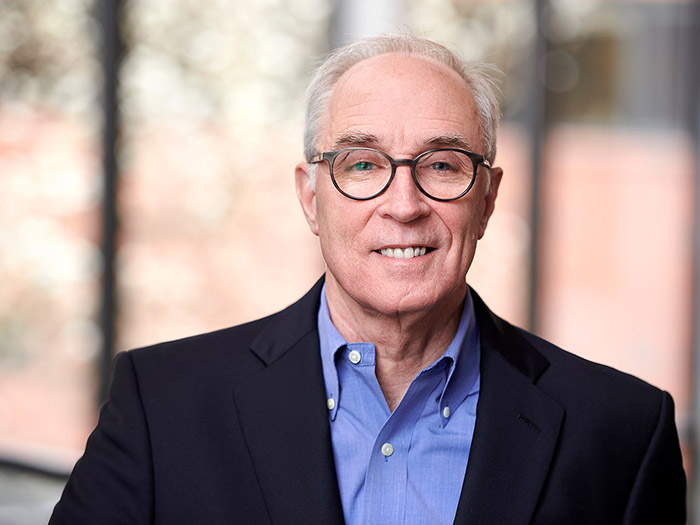2015 NWCDC
Focus on Behavioral Issues

As a keen observer of the evolution of health and medical care, Dr. Arthur Southam points to socioeconomic factors and fee-for-payment health care as major issues for workers’ compensation professionals.
In his keynote address opening the National Workers’ Compensation & Disability Conference® and Expo in Las Vegas on November 11, Southam, executive vice president, health plan operations, Kaiser Foundation Health Plan Inc., said medical care must focus on quality, not volume.
“The more you do, and the more it costs and the more times you do it, the more you get paid,” he said of the current fee-for-payment system.
The Affordable Care Act, with its emphasis on accountable care organizations, is beginning to change that, by focusing on “paying providers by the package rather than the price.”
“Improving the walkability of our workforce is the highest thing we can do.” — Dr. Arthur Southam, executive vice president, health plan operations, Kaiser Foundation Health Plan Inc.
He noted that a study by the RAND Corp. found that socioeconomic issues are “the most powerful determinant of health,” and that chronic diseases, primarily driven by behavior, are one reason America spends 50 percent more on medical care than any country in the world.
“A large portion of our costs in America could be dramatically reduced if we ate less, moved more, stopped smoking, slept sometimes and we were careful with the substances we ingest,” he said.
The issue of an inactive workforce “should be front and center in your workplace,” Southam said. “Improving the walkability of our workforce is the highest thing we can do.”
Depression also is a leading cause of morbidity, he said.
A striking cause of death, he said, is medical error.
Every year, he said, 98,000 people die from medical errors. That’s equivalent to two 747 jets crashing into each other each week, killing all passengers.
“Our hospitals and medical care system are not as safe as they should be,” he said.
“We have some spectacular outcomes but also some shortcomings.”
The increasing use of electronic health records will help medical providers be more effective and efficient as well as enhance transparency and coordination of care, he said.
But the ubiquitous cell phone, which offers access to tens of thousands of health-related apps and hundreds of biometric measurement tools, may be “the most important advance” in medical treatment.
That digital transformation “takes much of medical care out of the offices and institutions to put it in your home, to put it in your place of work, to put it in your pocket, to put it in your hand.”
The use of voice, video and data in telehealth operations – which is “just starting to scratch the surface” — will also transform health care delivery by improving access to primary and specialty care.










